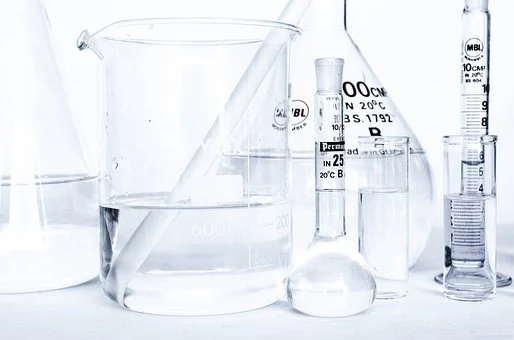Hydroponic cultivation / Vertical Farming

Hydroponic cultivation
Fruit and vegetables are among our healthiest foods and most of us need to eat much more of them. There is great scope to increase their production. Today, more and more vegetables and herbs are produced hydroponically. No nutrient substrate stores plant nutrients, but all nutrients are supplied in the nutrient solution, usually in circulating systems. The right balance of plant nutrients in the nutrient solution is then crucial for good growth, quality and harvest. For longer cultures, different nutrient compositions are needed for different stages of plant development. Through frequent sampling and analysis of the nutrient solution, the composition is carefully monitored to keep the plant nutrients in the right balance.
Which analyses are suitable for Hydroponic/Vertical Farming?
For optimal growth and harvest of greenhouse crops, it is important to use good quality fertilizers and to have a customized recipe for the nutrient solution for your particular crop.
However, there are other factors that can influence the nutrient composition in the root zone, such as climate, growing medium, irrigation, drainage, pests and diseases. During the growing season, different circumstances and reasons arise to adjust the nutrient solution recipe, and that need may vary from year to year.
To find out what adjustments are needed, it is important to analyze:
Raw water, effluent nutrient solution, press water, and/or drainage water via a Water Analysis
Plant/leaf mass via a plant sap analysis
What do you get from Water analysis and Plant sap analysis?
Water analysis
shows the pH value, conductivity, and plant nutrient content (read more). Especially when circulating nutrient water, water analysis is an important tool to continuously adjust fertilization. This allows optimizing nutrient composition and controlling irrigation to avoid accumulation of substances that the plant does not consume much of, such as sodium. When analyzing raw water to be used for nutrient solution, request additional analysis of alkalinity. Alkalinity is the buffering capacity or hydrogen carbonate ion (HCO3-) content of water.
Plant juice analysis
Is the plant stressed even though you have an optimal fertilizer recipe? Then it may be due to other factors. The plant analysis shows the plant's nutrient status at the moment. In case of plant stress problems, a PS analysis can help you determine if it is due to nutrient deficiency.
The analysis includes plant juice pH, conductivity, and plant nutrients (read more). LMI has set points for lettuce, herbs and many other crops that show what the nutrient values should be.
How often and when should the tests be taken?
The more often the analyses are taken, the more accurate the fertilizer application will be.
A good method to keep track of fertilizer watering is to take samples at regular intervals, for example every two to four weeks depending on the crop and cropping system.
To get the most out of the analyses, it is important to take the samples on the same day and at the same time of day to get comparable results.
Periods when it may also be particularly appropriate to analyze are, for example, when the weather changes or when the culture goes from the generative to the vegetative phase, or after strong growth or if the plant has been stressed.


